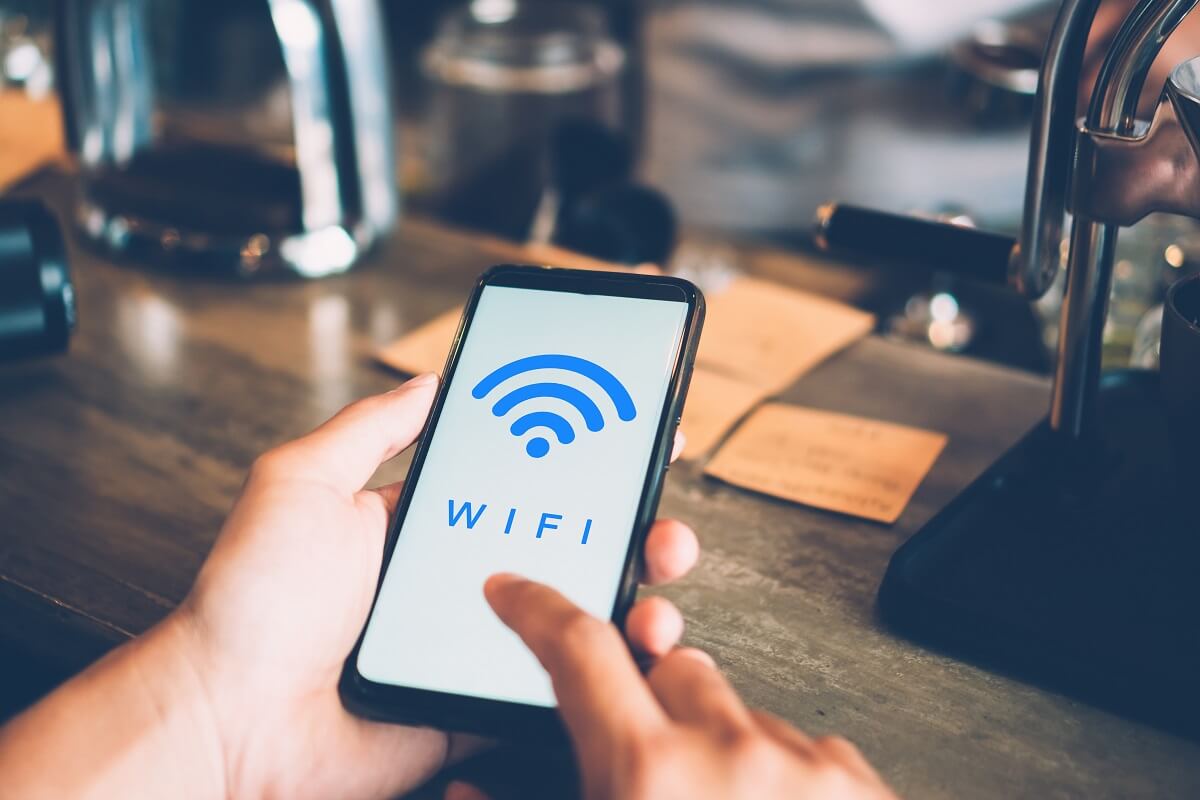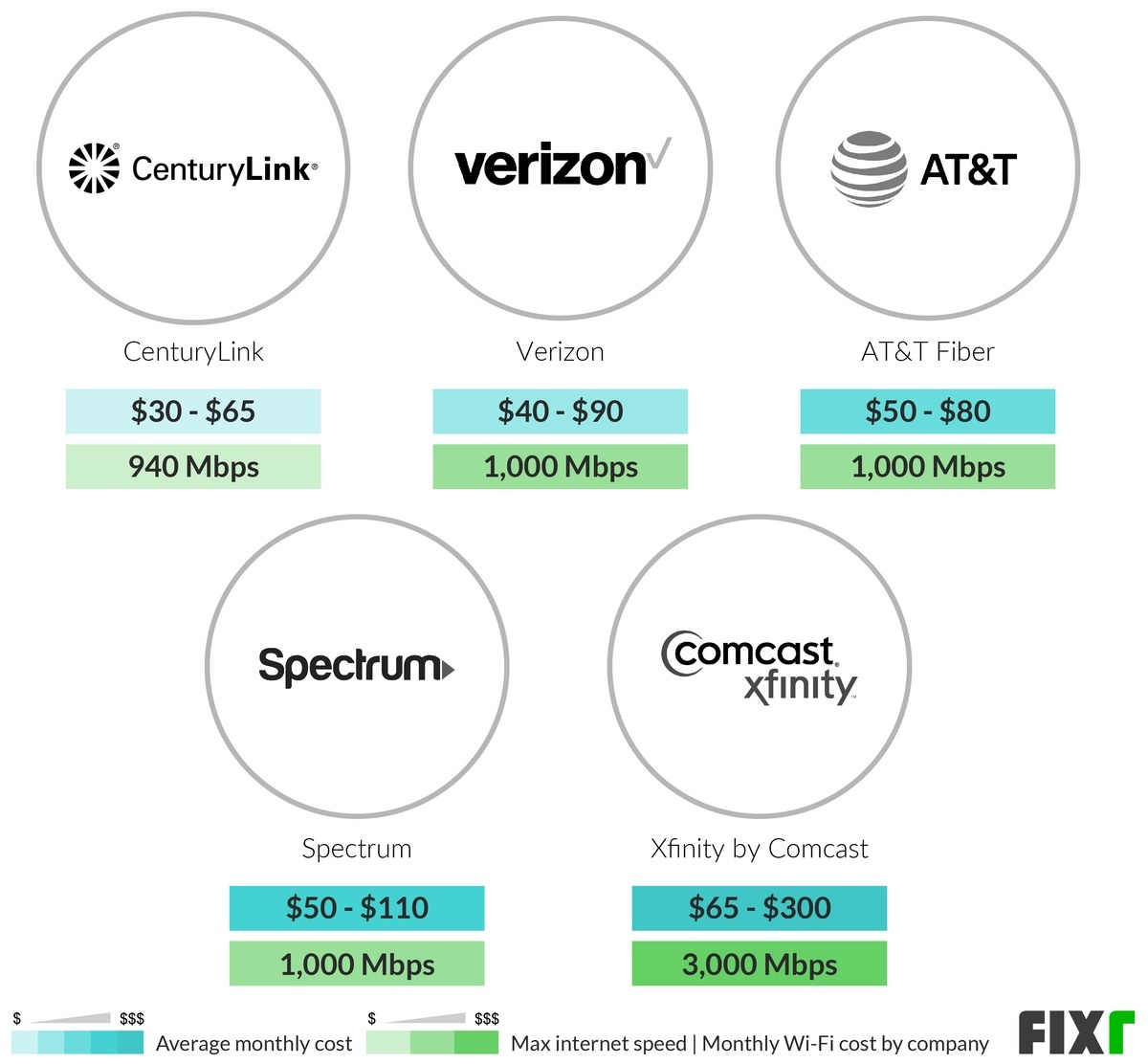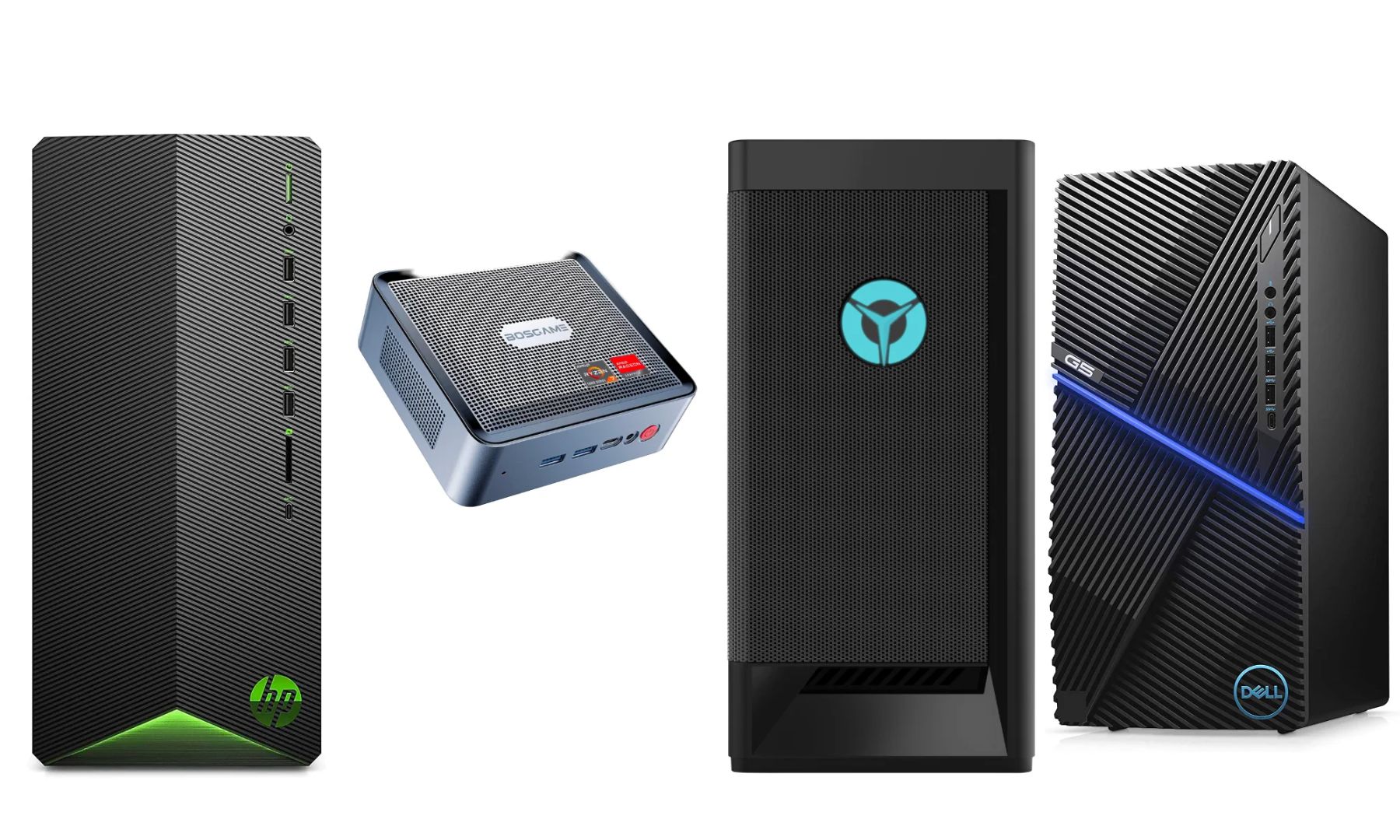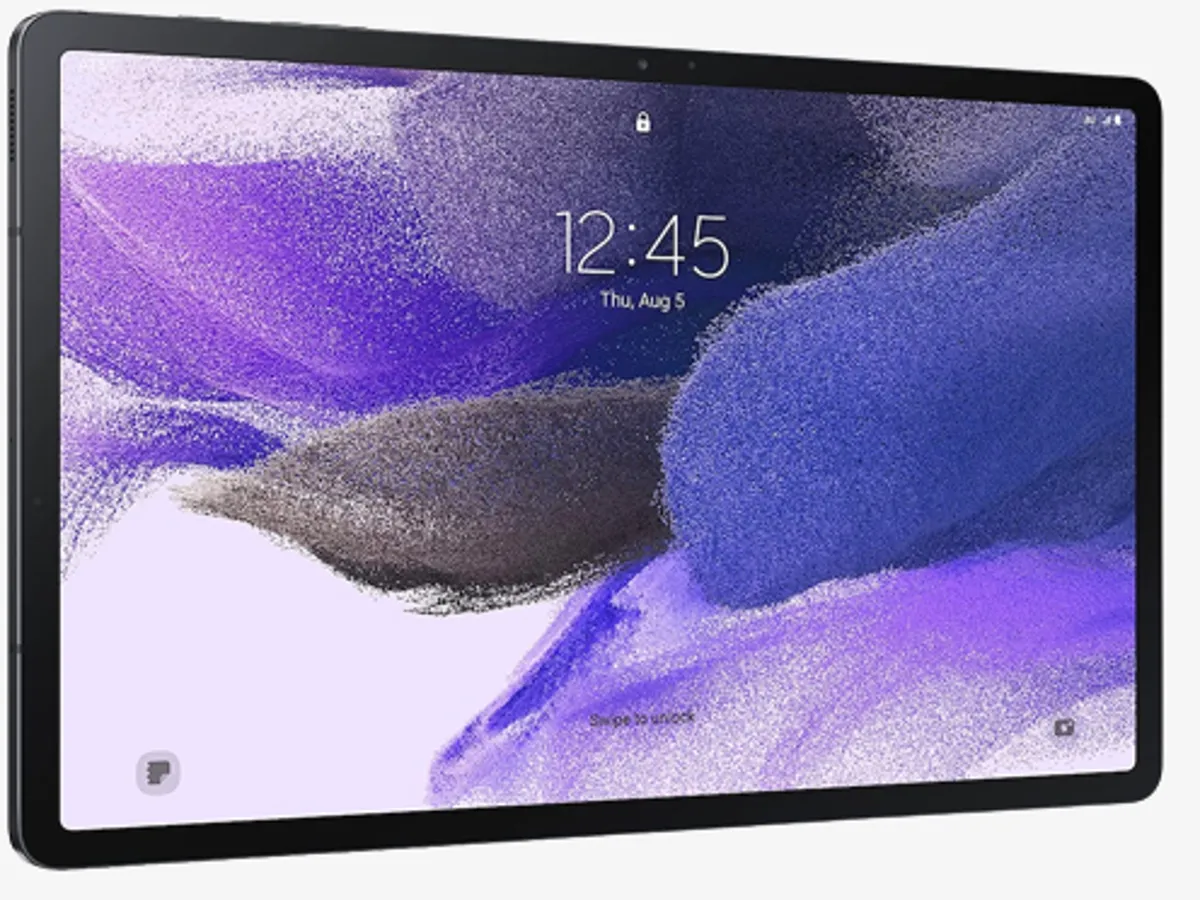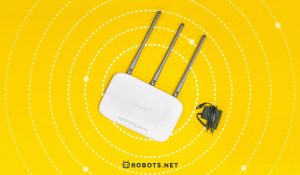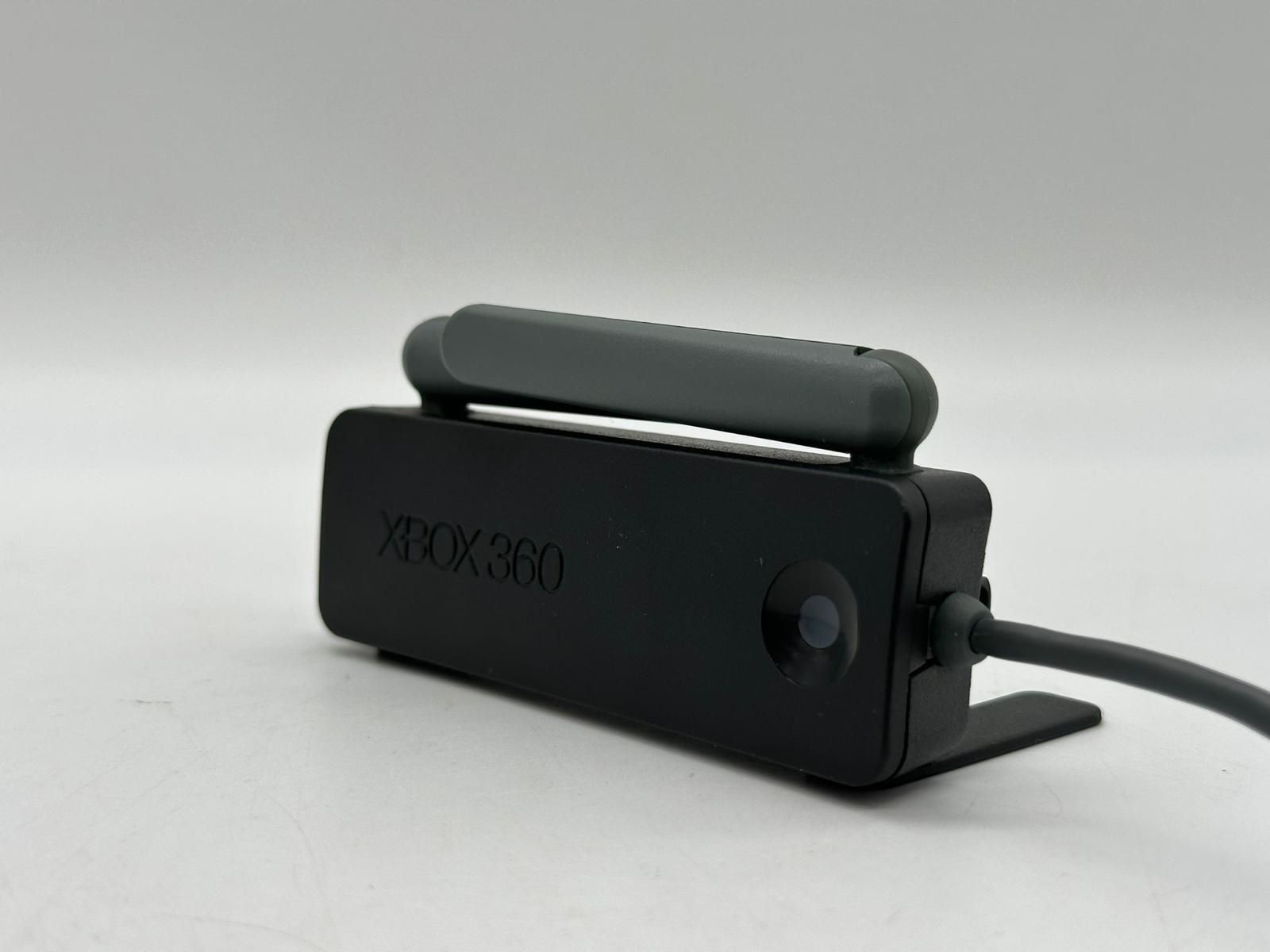Introduction
Welcome to the digital age, where having access to the internet is essential for work, communication, and staying connected. However, finding affordable WiFi options can sometimes be a challenge. Fortunately, there are ways to get WiFi for cheap or even free. In this article, we will explore various methods to help you stay connected without breaking the bank.
Whether you are a student on a tight budget, a remote worker seeking cost-effective solutions, or simply looking to save some money on your monthly internet bill, these tips and tricks will provide you with practical ways to get WiFi without spending a fortune.
From finding free WiFi hotspots to utilizing public WiFi networks and sharing connections with your neighbors, we will guide you through the process of getting affordable internet access. Additionally, we will discuss options such as WiFi extenders and repeaters, purchasing inexpensive routers or modems, and taking advantage of deals and promotions offered by internet service providers. Lastly, we will explore the use of mobile hotspots as a portable and convenient solution for connectivity on the go.
By the end of this article, you will have a comprehensive understanding of how to obtain WiFi for cheap or even free. So, let’s dive in and discover the various strategies you can employ to stay connected without breaking the bank.
Find Free WiFi Hotspots
In today’s connected world, WiFi hotspots have become increasingly prevalent, making it easier to find free internet access in various locations. Here are some ways to find and utilize these hotspots:
- Public Libraries and Community Centers: Many public libraries and community centers provide free WiFi for visitors. These establishments often have comfortable seating areas where you can work or study while enjoying a reliable internet connection.
- Coffee Shops and Restaurants: Popular coffee chains, fast-food restaurants, and cafes often offer complimentary WiFi for their patrons. Grab a cup of coffee or a meal and take advantage of the free WiFi while you’re there.
- Retail Stores and Malls: Some retail stores and shopping malls offer free WiFi to enhance the shopping experience for customers. Whether you’re browsing the latest fashion or running errands, check if the establishment provides WiFi access.
- Public Parks and Recreation Areas: Many public parks, recreational facilities, and even outdoor spaces offer free WiFi. Take advantage of these amenities while enjoying the fresh air and outdoor activities.
- Government Buildings: Government buildings and municipal offices often have WiFi available to the public. These locations can be excellent options if you need a reliable connection while on the go.
- Transportation Hubs: Airports, train stations, and bus terminals typically provide free WiFi for travelers. If you find yourself waiting for a flight or commuting, take advantage of these hotspots to catch up on work or entertainment.
When searching for free WiFi hotspots, it’s always a good idea to check if the establishment requires any credentials, such as a guest login or password. You can often find this information displayed prominently or by asking the staff for assistance.
Remember, while free WiFi hotspots can be convenient, it’s essential to exercise caution when connecting to public networks. Avoid accessing sensitive or personal information while connected to public WiFi to protect your privacy and security. Consider using a virtual private network (VPN) for additional security when browsing the internet on public networks.
By utilizing free WiFi hotspots in various locations such as libraries, coffee shops, public parks, and transportation hubs, you can stay connected without the need for a paid internet connection.
Use Public WiFi
In addition to finding free WiFi hotspots, another way to get WiFi for cheap is by utilizing public WiFi networks. Public WiFi is often available in locations such as cafes, restaurants, hotels, airports, and shopping centers. Here are some tips for effectively using public WiFi:
- Research the Venue: Before visiting a location, check if they offer public WiFi. Visit their website or call ahead to inquire about their WiFi availability and any requirements for accessing it.
- Connect Securely: When connecting to public WiFi, ensure that you choose a network that is legitimate and secure. Avoid connecting to unfamiliar or unsecured networks, as they may pose a risk to your personal information.
- Use Encryption: When browsing the internet on public WiFi, it’s advisable to use encrypted websites (HTTPS) whenever possible. Encrypted connections help protect your data from potential hackers or eavesdroppers.
- Be Mindful of Privacy: Avoid accessing sensitive information such as banking accounts or personal emails while connected to public WiFi. Public networks can be less secure, and your data may be vulnerable to interception.
- Enable Firewall and Antivirus Protection: Ensure that you have a firewall and updated antivirus software on your device to protect against any potential threats that may arise from using public WiFi.
- Log Out and Clear Cache: After using public WiFi, remember to log out of any accounts you accessed and clear your browsing history and cache. This helps safeguard your personal information and prevents unauthorized access to your accounts.
Public WiFi can be a convenient and affordable option for getting internet access outside of your home. However, it’s crucial to remain cautious and mindful of security risks. By following these tips, you can make the most of public WiFi networks while minimizing potential vulnerabilities.
It’s worth noting that some establishments may impose time limits or restrictions on the use of their public WiFi. Therefore, consider this when planning to use public WiFi for extended periods, and be prepared with alternative solutions if needed.
Using public WiFi is an inexpensive way to stay connected, especially when you’re on the go or traveling. By following appropriate security measures and being mindful of your online activities, you can utilize public WiFi networks without compromising your privacy and security.
Share WiFi with Neighbors
Sharing WiFi with your neighbors can be a great option to split the cost of an internet connection and get WiFi for cheap. Here are some considerations and steps to take when sharing WiFi:
- Discuss the Idea: Start by having a conversation with your neighbors to gauge their interest in sharing internet costs. It’s crucial to establish clear expectations and responsibilities to ensure a fair and mutually beneficial arrangement.
- Check Compatibility: Verify if your WiFi router supports multiple connections and has the range to reach your neighbor’s residence. Assess any technical requirements, such as installing signal boosters or extenders, to ensure a reliable connection.
- Set Up a Guest Network: Create a separate guest network on your WiFi router to provide access to your neighbors without compromising your own network’s security. This allows you to control and monitor their usage separately from your personal devices.
- Set Up Password Protection: To maintain security, set a password for your WiFi network and share it exclusively with your neighbors. Regularly update the password to ensure that only authorized users can access the network.
- Define Usage and Costs: Discuss the allocation of costs, such as monthly fees and any associated expenses like equipment or maintenance. Agree on usage limits, bandwidth allocation, and protocols for dealing with any issues that may arise.
- Share Internet Responsibly: Encourage responsible internet usage among your neighbors. Remind them to avoid streaming large files or engaging in bandwidth-intensive activities that could slow down the connection for everyone.
- Communicate and Resolve Issues: Foster open communication with your neighbors to address any connectivity issues promptly. Establish a system for reporting problems and working together to resolve them, ensuring everyone has a satisfactory WiFi experience.
Sharing WiFi with neighbors can be a cost-effective way to enjoy reliable internet connectivity. However, it’s crucial to maintain good relationships and respect each other’s privacy and usage boundaries. Regular communication and collaboration will help ensure a successful shared WiFi arrangement.
Before sharing your WiFi, check with your internet service provider to ensure that this type of arrangement is permitted under their terms of service. Some providers may have restrictions on sharing or charge additional fees for multiple connections.
By sharing internet costs with your neighbors, you can significantly reduce your monthly expenses while still enjoying the benefits of a stable and reasonably priced WiFi connection.
Use WiFi Extenders or Repeaters
If you’re looking to extend the range of your WiFi coverage without investing in additional internet service, WiFi extenders or repeaters can be a cost-effective solution. These devices amplify your existing WiFi signal, allowing you to access the internet from different areas of your home or office. Here’s how you can utilize WiFi extenders or repeaters:
- Evaluate Coverage Needs: Identify the areas in your space where the WiFi signal is weak or nonexistent. This will help you determine the number and positioning of WiFi extenders or repeaters that you need to enhance your coverage.
- Research Compatible Devices: Look for WiFi extenders or repeaters that are compatible with your existing router. Consider factors such as signal strength, range, and additional features like Ethernet ports for wired connections.
- Install and Configure: Follow the manufacturer’s instructions to install and configure the WiFi extender or repeater. Typically, this involves connecting the device to your existing WiFi network and placing it in a strategic location to amplify the signal.
- Optimize Placement: Place the WiFi extender or repeater in an area that is within the range of your existing WiFi router, while still able to provide coverage to the desired areas. Avoid obstructions, such as walls or large appliances, that can block or interfere with the signal.
- Authenticate and Secure: Ensure that your WiFi extender or repeater is configured with the same security settings (e.g., password, encryption) as your main WiFi network. This helps maintain a secure connection and prevents unauthorized access.
- Test and Adjust: After installation, test the WiFi signal strength in different areas to verify the improved coverage. If needed, adjust the positioning or settings of the WiFi extenders or repeaters to optimize the signal strength and eliminate dead spots.
WiFi extenders or repeaters provide a cost-effective solution to extend your WiFi coverage, eliminating the need for additional internet subscriptions. However, it’s crucial to note that these devices may slightly reduce the overall speed of your WiFi connection.
Consider conducting thorough research and reading product reviews to ensure that you choose a reliable and reputable WiFi extender or repeater. Additionally, check for compatibility with your existing router to avoid any installation or configuration issues.
By strategically placing WiFi extenders or repeaters, you can significantly improve the reach and performance of your WiFi network, allowing you to enjoy a reliable internet connection throughout your space.
Purchase a Cheap Router or Modem
If you’re looking to get WiFi for cheap, purchasing a cheap router or modem can be a cost-effective option. With a one-time investment, you can set up your own WiFi network and save on monthly rental fees from internet service providers. Here’s how you can go about it:
- Research Budget-Friendly Options: Look for routers or modems that fit your budget and meet your connectivity needs. Consider factors such as signal range, compatibility with your internet service provider, and customer reviews.
- Compare Features and Specifications: Evaluate the features and specifications of different models to ensure they align with your requirements. Look for essential functionalities such as dual-band support, fast data transfer speeds, and secure encryption protocols.
- Consider Used or Refurbished Devices: If budget is a significant concern, explore the option of purchasing a used or refurbished router or modem. However, ensure that the device is from a reputable source and has been thoroughly tested.
- Check for Compatibility: Verify if the router or modem you plan to purchase is compatible with your internet service provider. Some providers have specific compatibility requirements, so matching the device to their specifications is essential.
- Installation and Configuration: Once you have your router or modem, follow the manufacturer’s instructions to set it up. Typically, this involves connecting the device to your internet source and configuring the network settings.
- Secure Your Network: Protect your WiFi network by setting up a strong password and enabling encryption. This helps prevent unauthorized access to your network and ensures the privacy and security of your internet connection.
While purchasing a cheap router or modem can help you save money in the long run, it’s crucial to remember that the reliability and performance of the device can vary. Consider the expected lifespan, customer reviews, and warranty offered by the manufacturer when making your decision.
Additionally, remember to update the firmware of your router or modem periodically to ensure optimal performance and security. Check the manufacturer’s website for any available firmware updates and install them as recommended.
Purchasing a cheap router or modem gives you the freedom to create and control your WiFi network while avoiding monthly rental fees. By doing your research and selecting a reliable device, you can enjoy a cost-effective and efficient WiFi connection.
Look for Deals and Promotions from Internet Service Providers
If you’re in search of affordable WiFi options, keep an eye out for deals and promotions offered by internet service providers (ISPs). ISPs often run special offers to attract new customers or provide discounted plans for a limited time. Here’s how you can find and take advantage of these deals:
- Research Available ISPs: Start by researching the ISPs available in your area. Check their websites or contact their customer service to inquire about current promotions and offers.
- Compare Plans and Pricing: Compare the plans and pricing of different ISPs to determine which offer the best value for your needs. Take into account factors such as internet speed, data limits, and contract terms.
- Check for New Customer Offers: ISPs frequently offer discounted rates or promotional packages for new customers. Look for exclusive deals designed to attract new subscribers, as these often provide significant savings.
- Consider Bundle Packages: Some ISPs offer bundle packages that combine internet, TV, and phone services. These bundles can be cost-effective if you require multiple services and can help you save on each individual component.
- Be Mindful of Contract Terms: Before signing up for a deal or promotion, carefully review the contract terms and conditions. Ensure that you understand any minimum contract periods, early termination fees, or rate increases after the promotional period ends.
- Negotiate with the ISP: Don’t hesitate to negotiate with the ISP for a better deal. If you’re an existing customer, inquire about loyalty discounts or request a price match if you find a better offer from a competitor.
- Keep Track of Expiration Dates: Many promotional deals have expiration dates or limited-time availability. Keep track of these dates and take action before the offer expires to avoid missing out on the discounted rates.
By actively searching for deals and promotions from ISPs, you can potentially save a significant amount on your monthly internet expenses. However, it’s important to thoroughly understand the terms and limitations of the offer before committing to a contract.
Remember to set a reminder to reassess your plan and explore new deals and promotions once your initial contract term ends. ISPs often provide discounted plans or special retention offers for existing customers, so it’s worth checking for new deals periodically.
By taking advantage of deals and promotions offered by ISPs, you can secure a cost-effective WiFi plan that meets your needs while enjoying potential savings on your monthly internet bill.
Consider Bundling Services
If you’re looking for ways to get WiFi for cheap, considering bundled services can be a cost-effective option. Bundling involves combining multiple services, such as internet, TV, and phone, from a single provider. Here are some key benefits and considerations when it comes to bundling:
- Savings on Monthly Bills: Bundling services can often result in significant cost savings compared to subscribing to individual services. Providers typically offer discounted rates as an incentive to customers who choose bundled packages.
- Convenience and Simplified Billing: By bundling your services, you only have to deal with one provider and receive a single bill for all your services. This can be more convenient and simplify the payment process.
- Access to Additional Features and Enhancements: Bundled packages often come with additional features, such as access to premium channels, DVR capabilities, or unlimited calling plans. These extras can enhance your overall entertainment or communication experience.
- Dealing with a Single Provider: Opting for bundled services means you only need to interact with one provider for all your needs. This can streamline troubleshooting, technical support, and customer service interactions.
- Consider Your Needs: Before bundling, carefully evaluate your needs for each service. If you rarely watch TV or use a landline phone, bundling these services may not be cost-effective for you. Ensure that the bundle aligns with your specific requirements.
- Compare Bundle Offers: Research and compare bundle offers from different providers to find the best value for your needs. Consider factors such as internet speed, channel selection, call quality, and overall pricing.
- Contract Terms and Service Agreements: Review the terms and contract duration for the bundled services. Understand any early termination fees or rate increases after the initial promotional period ends.
- Customer Satisfaction and Reliability: Read reviews and check the reputation of the provider before committing to bundled services. Ensure that the company has a track record of reliable service and excellent customer satisfaction.
While bundling services can offer cost savings and convenience, it’s vital to review the terms, contract duration, and included services before making a decision. Take time to evaluate the overall value of the bundle and assess if it meets your specific needs and preferences.
Remember to analyze the long-term costs and potential rate increases after the promotional period ends. Keep track of your plan and periodically reassess if bundling remains the most cost-effective option for your WiFi and other service needs.
By carefully exploring bundled service options, you can potentially save money while enjoying the convenience of having multiple services from a single provider.
Use Mobile Hotspots
When looking for a flexible and portable solution to get WiFi for cheap, using mobile hotspots can be a viable option. A mobile hotspot acts as a portable router, allowing you to connect to the internet using cellular data. Here’s how you can utilize mobile hotspots:
- Check Cellular Data Plan: Ensure that you have a cellular data plan that includes mobile hotspot functionality. Contact your mobile service provider to inquire about the availability and cost of adding this feature to your plan.
- Enable Mobile Hotspot: On your mobile device, navigate to the settings menu and locate the mobile hotspot or personal hotspot option. Enable it and configure the network name (SSID) and password for secure access.
- Connect Devices: Once the mobile hotspot is activated, other devices such as laptops, tablets, or smart TVs can connect to it via WiFi. Look for the hotspot network in the available WiFi network list on your devices and enter the provided password to establish a connection.
- Monitor Data Usage: Keep an eye on your data usage when using a mobile hotspot, as the amount of data used may impact your cellular data plan. Consider using data monitoring apps or utilities provided by your mobile service provider to track your usage and avoid exceeding your plan’s limits.
- Choose the Right Plan: Evaluate different cellular data plans offered by your provider to ensure you have sufficient data allowance for your hotspot needs. Determine the average data usage for your activities, such as browsing, streaming, or video conferencing, to select an appropriate plan.
- Consider Data Saving Measures: To minimize data usage when on a limited plan, enable data-saving features on your connected devices. Restrict background data usage, stream videos at lower resolutions, and download large files on WiFi networks whenever possible.
- Verify Coverage and Speeds: Before relying solely on a mobile hotspot, verify the cellular coverage and network speeds in your area. Different providers may vary in terms of coverage quality and availability of high-speed data.
- Use Offline Capabilities: Whenever possible, take advantage of offline capabilities in apps and services. Download movies, music, or maps in advance when you have access to WiFi to save on data usage when using a mobile hotspot.
Mobile hotspots offer flexibility and convenience, especially when you are on the move or in an area where wired internet connections are limited. However, it’s important to be aware that using cellular data for prolonged periods can be more expensive than traditional WiFi options.
Consider your data usage needs when choosing a cellular data plan and ensure that you have a sufficient and cost-effective allowance. Additionally, keep in mind that network speeds and coverage may vary based on your location and the quality of the mobile network.
By utilizing mobile hotspots, you can have a portable WiFi solution at your fingertips, providing connectivity wherever you go. Whether you’re working from a coffee shop or traveling on a train, mobile hotspots offer a convenient way to stay connected.
Conclusion
Getting WiFi for cheap or even free is possible with a combination of strategies and options. In this article, we explored various methods to help you stay connected without breaking the bank.
We started by discussing the availability of free WiFi hotspots in places like libraries, coffee shops, parks, and more. These hotspots provide convenient access to the internet without any cost to you.
We then discussed the use of public WiFi networks, highlighting the importance of using them securely and responsibly. Public WiFi can be found in various locations and can be a valuable resource for convenient and affordable connectivity.
Sharing WiFi with neighbors is another cost-effective option we explored. By splitting the cost of an internet connection, you can significantly reduce your monthly expenses while maintaining a reliable WiFi network.
WiFi extenders or repeaters can help extend the range of your WiFi coverage, allowing you to enjoy a stable connection throughout your home or office without the need for additional subscriptions.
Purchasing a cheap router or modem gives you control over your WiFi network and eliminates monthly rental fees from ISPs. By choosing a reliable device, you can save money in the long run.
Looking for deals and promotions from ISPs can help you find affordable plans with discounted rates or additional benefits. Bundling services can also provide cost savings and convenience by combining multiple services from a single provider.
Lastly, we discussed the use of mobile hotspots, which offer portability and flexibility for WiFi connectivity on the go. By using cellular data and enabling the hotspot feature on your mobile device, you can enjoy internet access wherever you are.
In conclusion, there are multiple ways to get WiFi for cheap or even free. By exploring these strategies and considering your specific needs and budget, you can find a solution that suits you best. Whether you utilize free hotspots, share WiFi with neighbors, or take advantage of promotions from ISPs, staying connected doesn’t have to be expensive. Happy surfing!







